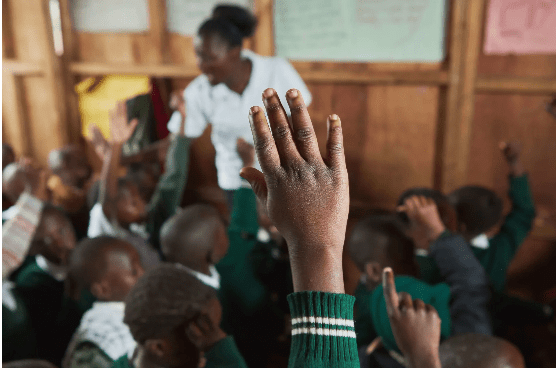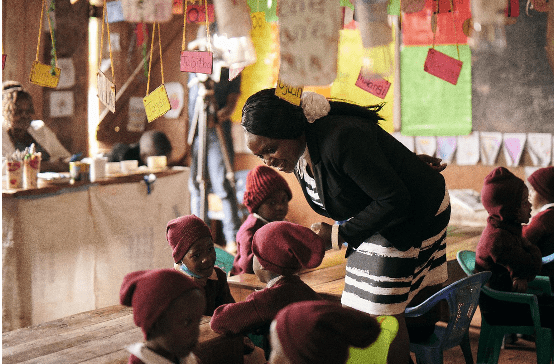This year, our partner Welthungerhilfe published its detailed Global Hunger Index Report 2023 in October together with Alliance2015 partner Concern Worldwide . The Global Hunger Index (GHI) measures and compares the levels of various hunger indicators such as malnutrition andchild mortality in the world, different regions and individual countries every year. We have summarized the most important results for you, explained recommendations for action and why the younger generation is now important, and shown how you can work with us to ensure greater food security.










